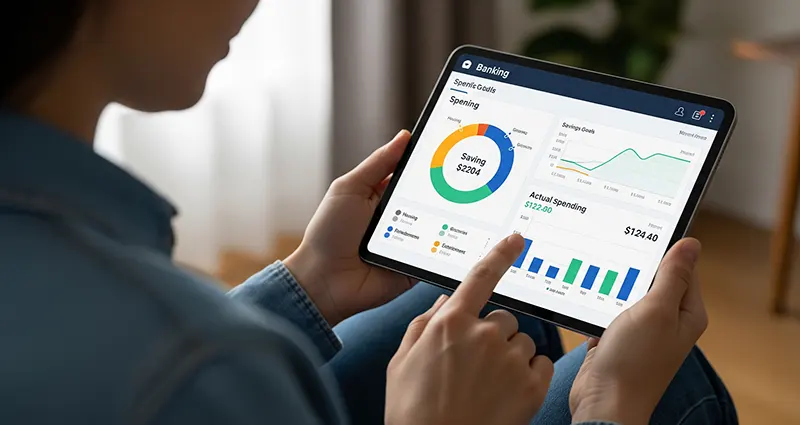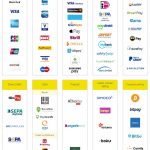For many, budgeting feels like a chore—a tedious process of collecting receipts, updating spreadsheets, and manually categorizing every expense. However, modern online banking platforms have transformed this task from a manual burden into a seamless, data-driven experience. By leveraging the built-in tools of your bank or credit union’s online portal and mobile app, you can gain a clear, real-time understanding of your financial life and take control of your money with minimal effort.
Here’s a guide on how to manage your personal finances and budget using the powerful features already available through your online banking account.
1. Centralize Your Financial Picture with a Single Dashboard
The first step to effective budgeting is having a holistic view of your money. Many online banking platforms now offer a personal finance hub that goes beyond just showing your checking account balance.
- Aggregated Accounts: The best platforms allow you to link accounts from other financial institutions, including credit cards, savings accounts, and even investment portfolios. This gives you a comprehensive view of your entire financial landscape in one place, eliminating the need to log in to multiple websites.
- Real-Time Balances: With all your accounts connected, you can see your current financial position at a glance, making it easy to track your progress toward savings goals or monitor your spending.
2. Master Your Spending with Automated Categorization
The most time-consuming part of budgeting is manually categorizing transactions. Fortunately, online banking tools have automated this process.
- Automated Expense Tracking: Most online banking platforms automatically categorize your transactions for you. A purchase at a grocery store will be logged under “Groceries,” while a dinner out will be categorized as “Restaurants” or “Dining Out.”
- Customizable Categories: While the automated system is a great start, you should have the ability to customize or recategorize transactions to fit your personal budget. For example, you may want to create a separate category for “Pet Supplies” or “Home Improvement.”
- Visual Spending Analytics: Look for platforms that present your spending data in a clear, visual format like a pie chart or a spending wheel. This gives you a quick and intuitive understanding of where your money is going and which categories are consuming the largest portion of your income.
3. Set and Track Budgets with Smart Tools
Once you understand your spending habits, the next step is to set up a budget and monitor it effectively. Online banking tools make this process proactive and actionable.
- Budget Setter: Many banks offer a feature that allows you to set specific spending limits for each category. For example, you can set a budget of $500 for “Groceries” for the month.
- Real-Time Alerts: A key benefit of this is the ability to receive real-time alerts. Your bank can send you a text, email, or push notification when you are approaching or have exceeded your budget in a specific category, giving you a gentle nudge to adjust your spending before it’s too late.
- Goal Tracking: In addition to expense budgets, you can often set and track savings goals. Whether you’re saving for a down payment, a vacation, or an emergency fund, you can set a target amount and a deadline, and the platform will show you a progress bar and celebrate your milestones.
4. Automate Your Savings and Payments
The most successful budgets are often the ones you don’t have to think about. By automating your finances, you ensure your bills are paid on time and your savings goals are consistently funded.
- Automated Transfers: Set up recurring transfers from your checking account to your savings account on a specific date, such as the day after your payday. This “pay yourself first” strategy ensures your savings goals are a top priority.
- Bill Pay and Due Date Reminders: Use your bank’s bill pay feature to schedule all your recurring bills—from rent and utilities to subscriptions—in advance. Some platforms even have a “Look Ahead Calendar” that shows you all your upcoming payments, helping you avoid late fees and manage your cash flow proactively.
By using these powerful, integrated tools, you can move away from reactive budgeting and toward a proactive, automated financial strategy. Your online banking platform is no longer just a place to check your balance; it’s a personal financial manager that empowers you to make smarter spending decisions and achieve your financial goals with greater ease and confidence.










